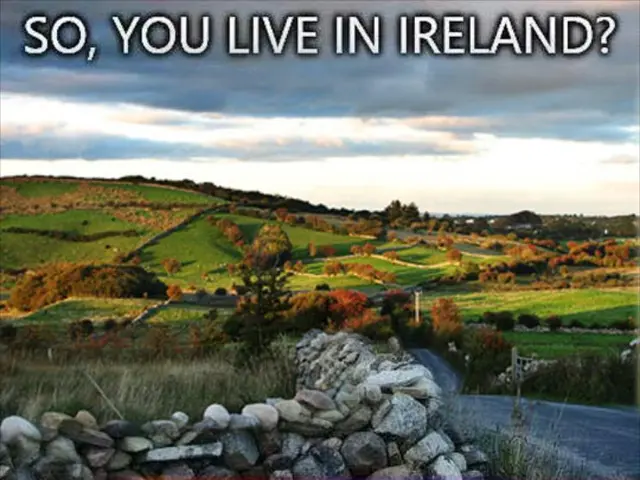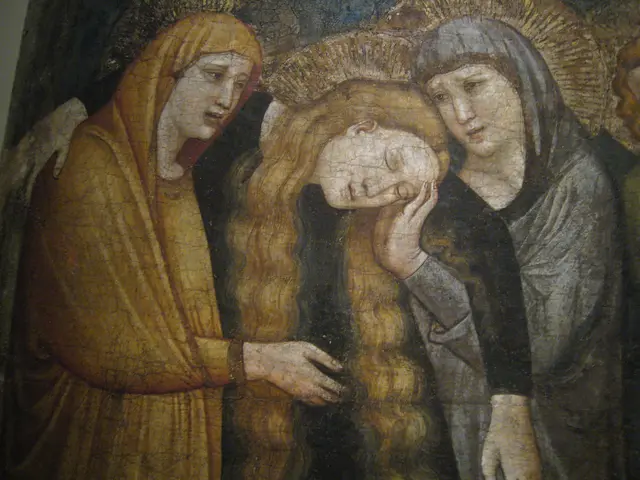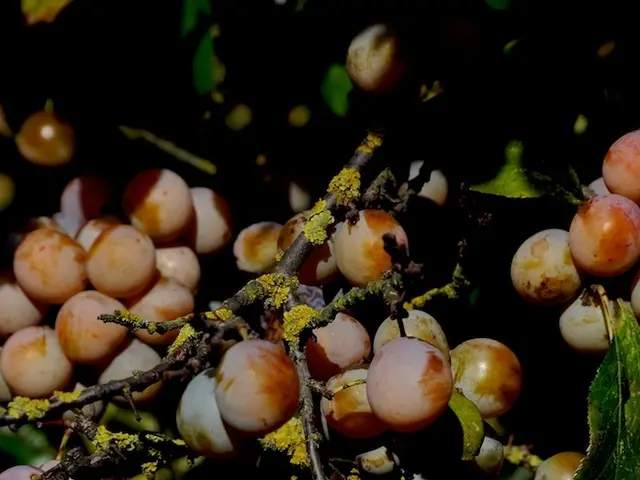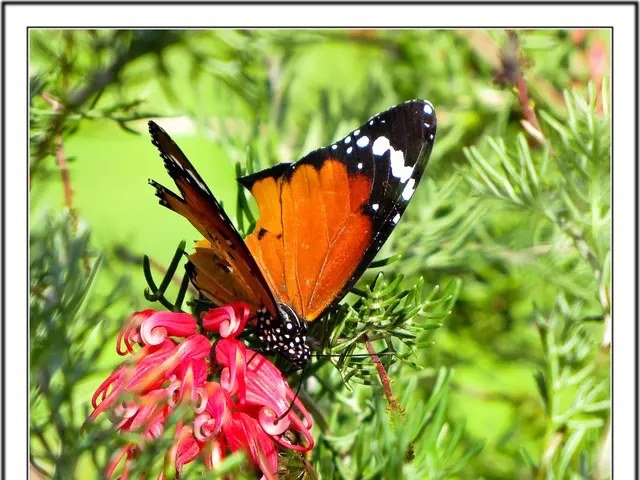Salt Marshes: Gullah/Geechee Culture Under Threat
Salt marshes along the Atlantic coast have been integral to the lives of indigenous communities, particularly the Gullah/Geechee people, for generations. These vital ecosystems have provided food, medicine, and cultural significance, but now face threats from climate change and development. Efforts to protect and revitalize both marsh ecosystems and cultural traditions are gaining momentum.
The Gullah/Geechee people, descendants of enslaved Africans, have a profound connection to salt marshes. Oral histories reflect this deep attachment, with many considering these ecosystems a sanctuary and home. Sweetgrass basketry, an African art form, weaves the Atlantic salt marsh into their tradition, creating functional items and art cherished for centuries.
European colonists altered salt marshes for salt hay and extraction, beginning a pattern of economic alteration that continues today. Despite this, salt marshes have remained vital to coastal economies, with fishing families depending on them for sustenance and livelihood. However, salt marsh cultures now face growing peril from sea level rise, intense storms, development, tourism, and regulations that limit access.
Community-led conservation initiatives and educational programs are revitalizing both marsh ecosystems and cultural traditions. Honoring the cultural knowledge, way of life, and sense of place of the people linked to salt marshes is crucial for their protection. These efforts ensure the survival of both the unique ecosystems and the cultural landscapes of survival, spirituality, and identity they represent.







